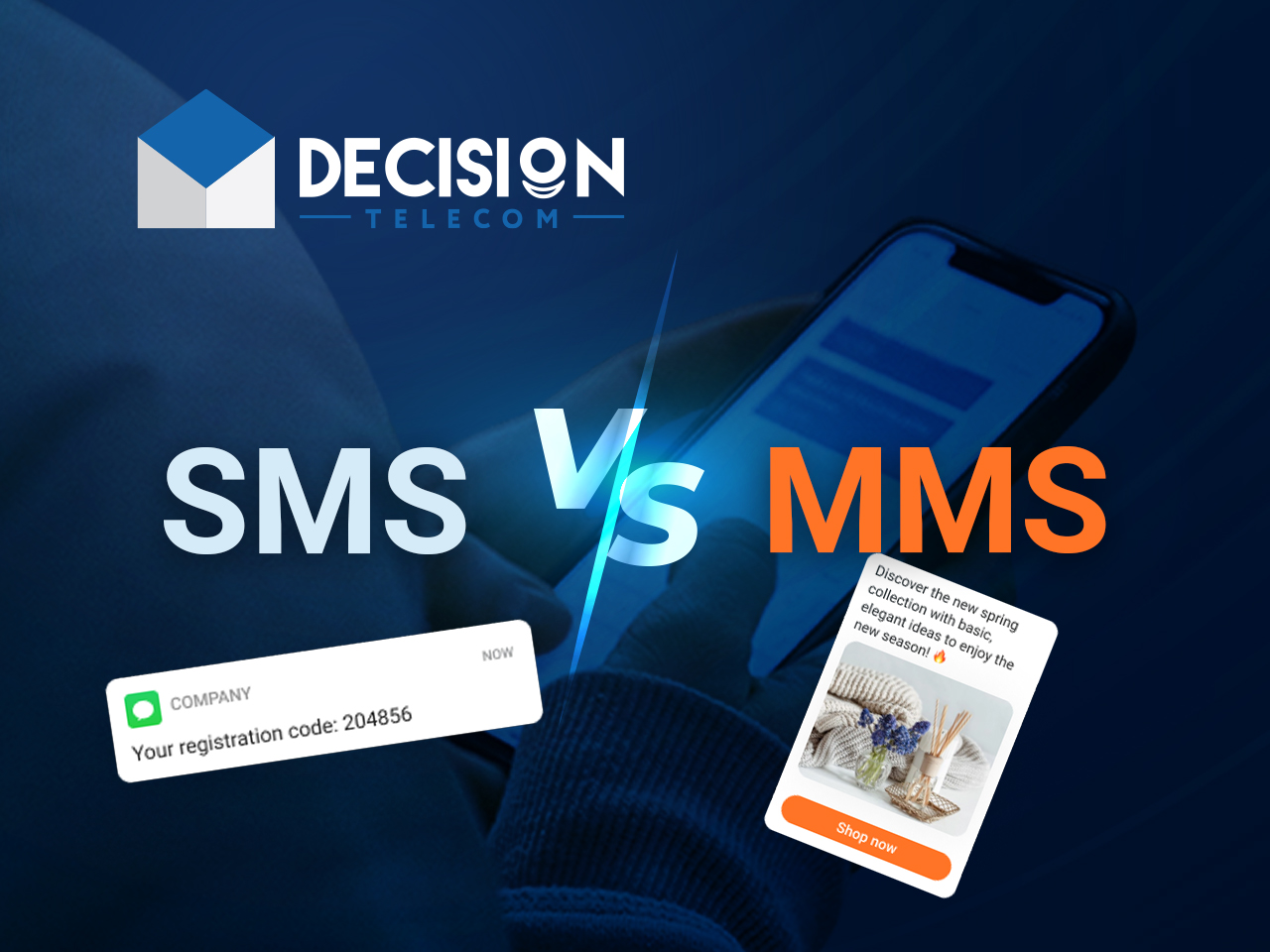MMS videos have revolutionized the way we share and communicate through mobile devices. From the early days of simple text messages to today's vibrant video sharing, MMS has transformed personal and professional interactions. This article delves into the origins, advancements, and significance of MMS videos, providing a comprehensive understanding of their role in modern communication.
In the digital age, where visual content reigns supreme, MMS has adapted to meet the demands of users seeking richer communication methods. This article aims to explore the technical aspects of MMS, its evolution over the years, and the impact it has had on personal and business communication.
As we navigate through the intricacies of MMS videos, we will also touch on best practices for creating and sharing engaging multimedia content, ensuring that your messages stand out in an increasingly crowded digital landscape.
Table of Contents
- What is MMS?
- History of MMS
- How MMS Works
- Benefits of MMS Videos
- MMS vs SMS: Key Differences
- Best Practices for Creating MMS Videos
- MMS in Business Communication
- The Future of MMS
What is MMS?
Multimedia Messaging Service (MMS) is a standard for sending messages that include multimedia content such as images, audio, and video. Unlike traditional SMS (Short Message Service), which is limited to text, MMS allows users to share richer, more engaging content.
Key Features of MMS
- Supports various media types: images, video, and audio.
- Allows longer message lengths compared to SMS.
- Can be sent to multiple recipients simultaneously.
- Provides delivery reports to confirm if the message was received.
History of MMS
The concept of MMS was first introduced in the early 2000s as mobile devices became more advanced, allowing for better multimedia capabilities. Early adopters of MMS were primarily in Europe and Asia, where the technology quickly gained traction.
In 2002, the first MMS-enabled mobile phones were launched, marking a significant milestone in mobile communication. As network infrastructure improved, so did the quality and speed of MMS transmission, making it more accessible to the general public.
Milestones in MMS Development
- 2002: First MMS-capable devices are launched.
- 2005: MMS becomes widely adopted in the United States.
- 2010: Enhanced features, including video messaging, are introduced.
How MMS Works
MMS operates over mobile networks, allowing users to send multimedia content via their mobile devices. The process involves several key steps:
- The sender composes a message and attaches the multimedia content.
- The message is sent to the MMS center (MMSC) through the mobile network.
- The MMSC processes the message and delivers it to the recipient's device.
- The recipient receives a notification and can download the multimedia content.
Benefits of MMS Videos
MMS videos offer numerous advantages for users looking to enhance their communication. Some of the key benefits include:
- Engagement: Videos capture attention more effectively than text.
- Emotional connection: Visual content evokes emotions, making messages more impactful.
- Information retention: Viewers are more likely to remember video content compared to text.
MMS vs SMS: Key Differences
While both MMS and SMS are popular messaging services, they have distinct differences that cater to varying communication needs. Here are some key comparisons:
Comparison Table
| Feature | MMS | SMS |
|---|---|---|
| Content Type | Multimedia (images, video, audio) | Text only |
| Message Length | Up to 300 KB | 160 characters |
| Delivery Reports | Yes | No |
Best Practices for Creating MMS Videos
To maximize the effectiveness of your MMS videos, consider the following best practices:
- Keep it short: Aim for videos that are 30 seconds or less.
- Focus on quality: Ensure good lighting and sound quality.
- Engaging content: Start with a hook to grab the viewer's attention.
MMS in Business Communication
Businesses have increasingly adopted MMS as a powerful marketing tool. Here are some ways companies utilize MMS:
- Product promotions: Sending video demos or advertisements to customers.
- Customer engagement: Sharing multimedia content to enhance customer relationships.
- Feedback collection: Using video surveys to gather customer opinions.
The Future of MMS
The future of MMS looks promising as mobile technology continues to advance. With the rise of 5G networks, the speed and quality of MMS transmission will improve significantly, allowing for even richer multimedia experiences.
As video content becomes increasingly popular, businesses and individuals alike will find new ways to leverage MMS for communication and marketing. The integration of augmented reality (AR) and virtual reality (VR) may further enhance the capabilities of MMS, offering exciting possibilities for future applications.
Conclusion
In conclusion, MMS videos have significantly transformed the landscape of digital communication. From their humble beginnings to the sophisticated multimedia messages we share today, MMS has proven to be an invaluable tool for personal and professional interactions. As technology evolves, the potential for MMS will only continue to grow, making it essential for users to harness its power effectively.
We invite you to share your thoughts on MMS videos in the comments below. Have you used MMS for personal or business purposes? What are your experiences? Feel free to share this article with others who may benefit from learning about MMS.
Penutup
Thank you for reading! We hope you found this article informative and engaging. Don't forget to check back for more insights into the world of digital communication and multimedia sharing.

/what-is-sms-mms-iphone-2000247-Final-5c38a50846e0fb0001673a66.png)


